Last-Minute NYC Holiday Gift Guide 🎁
We’ve created a holiday gift guide with presents for the intrepid New Yorker that should arrive just in time—


Like a stereotypical architecture person, I visited the Rodin Museum in 2008 and remembered nothing except how beautiful the building was. When I returned with my mother recently, I once again found myself photographing the architecture instead of his sculptures. For those more interested in Rodin, the gardens contain all of his most famous works: The Thinker, The Gates of Hell, The Kiss, Monument to Victor Hugo, Balzac and The Burghers of Calais. The interior houses many of his smaller studies and sketches. It’s extensive and a must for all Rodin fans.
I am here to write about the Hà´tel Biron however, the little chateau which is now the Rodin Museum. Rodin spent the end of his life either here or the Villa des Brillants in Meudon. The Hà´tel was built in the early 18
thcentury and named after the Maréchal de Biron, the victor of the Battle of Fountenoy in 1745. The Hà´tel Biron was a popular destination for the Parisian high society. The gardens were once twice this size, a remarkable feat within the urban landscape.
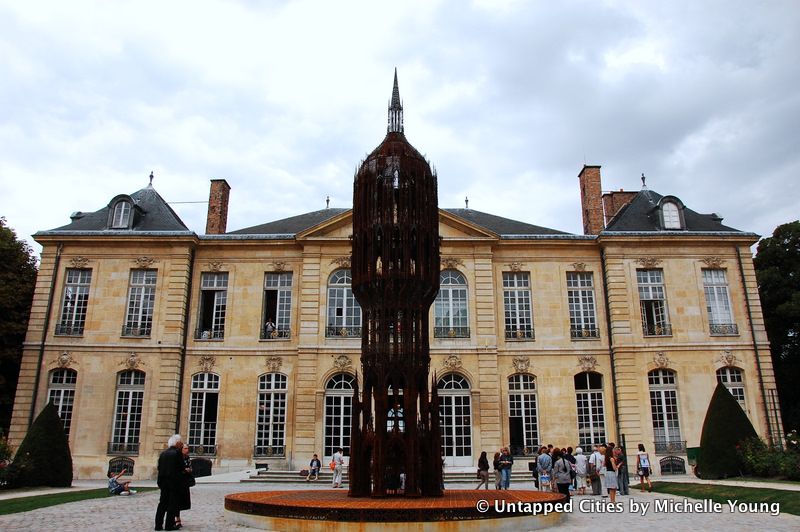
View of the Invalides:
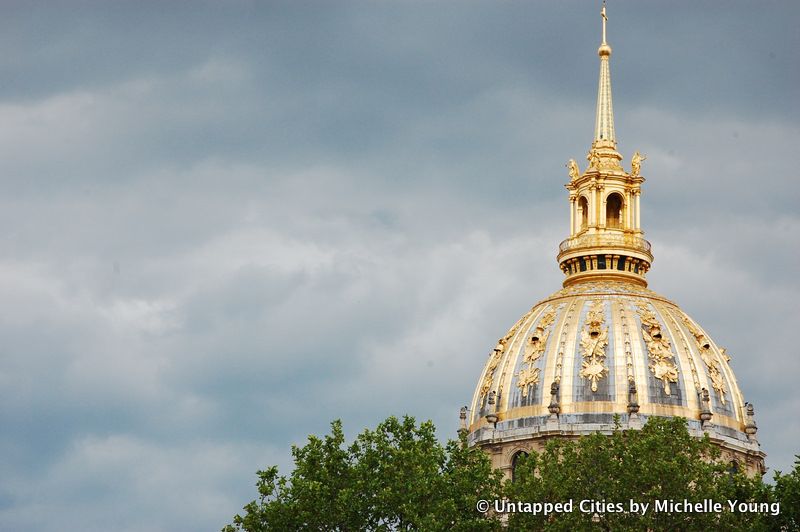
In 1820, the Hà´tel became a convent run by the Sacred Heart of Jesus. Some notable students were the future wife of Napoléon III, Eugénie de Montijo, and one of Franz Liszt’s amors, Marie d’Agoult. It is not surprising that the sisters found the sumptuous décor too frivolous and had them removed. The garden was turned into a kitchen and orchard to serve the convent. The sisters were evicted in 1904 when a law was passed forbidding religious congregations to teach. Within a year, the Hà´tel became low-rent lodgings and studios for artists including Henri Matisse, dancer Isadora Duncan and poet Jean Cocteau. In 1908 at the urging of writing Rainer Maria Rilke, Rodin visited the hà´tel and decided to rent four rooms on the ground floor as a studio and place to meet models and clients. In 1910, the state decided to once again evict the inhabitants in hopes to sell the house. Rodin wrangled with the government and obtained the rights to live there until his death in return for the donation of his works, archives and collection for the establishment of a Rodin museum. A 1916 law made this agreement formal and the museum was inaugurated in 1919, two years after his death. The hà´tel was remodeled in 2005 by Pierre-Louis Faloci. The best part is, you can see it for free (details below).
Entrance hall:
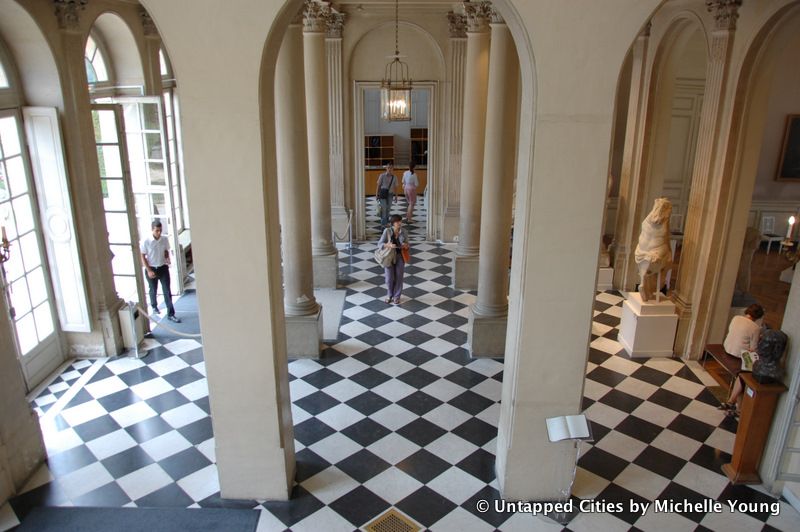
Chandelier:
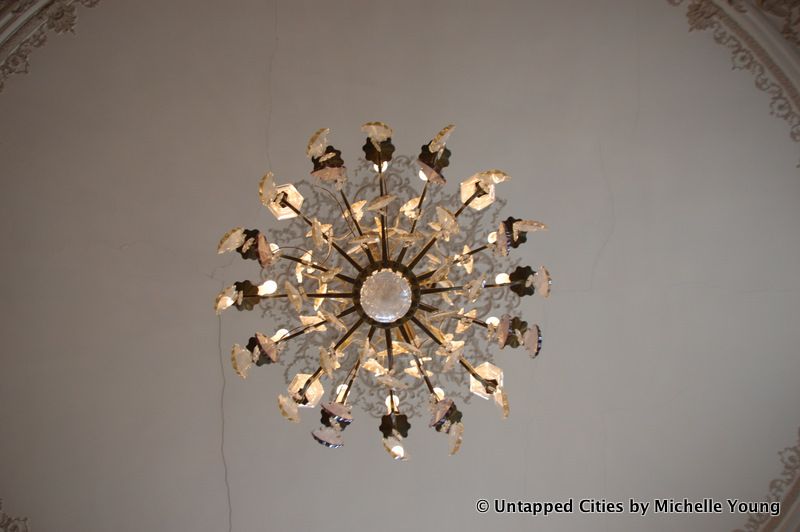
Ceiling details:
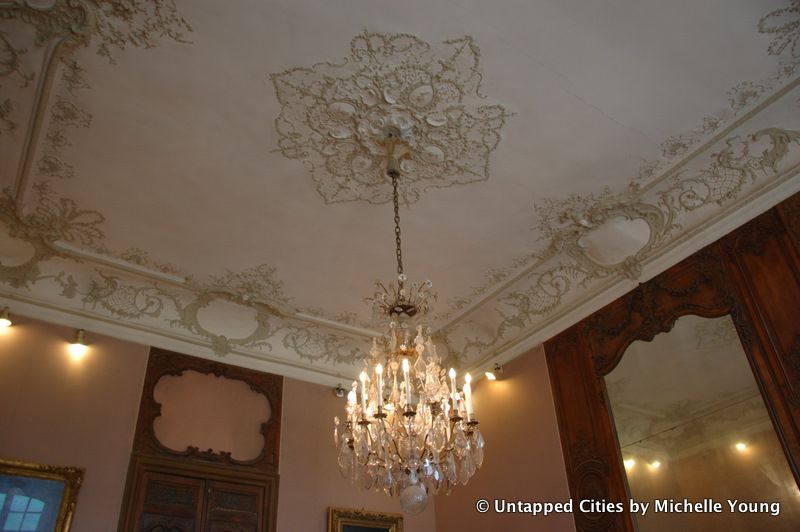
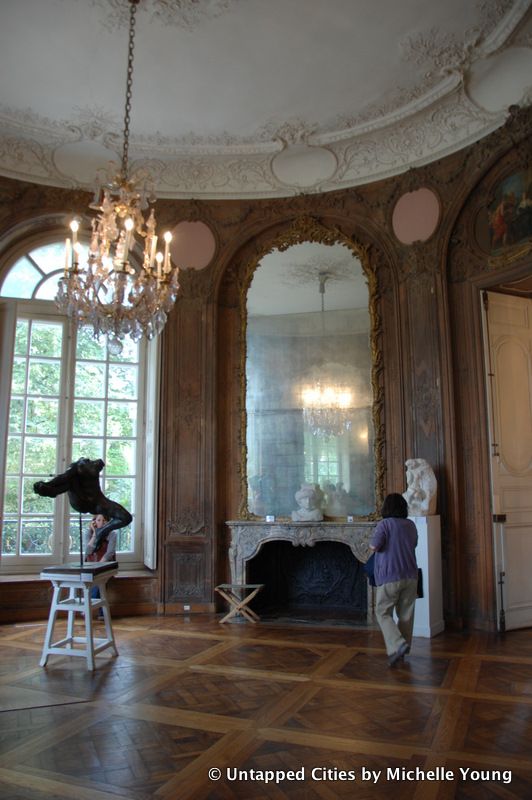
Some restoration work perhaps? A lot of the opulence was concealed by the convent:
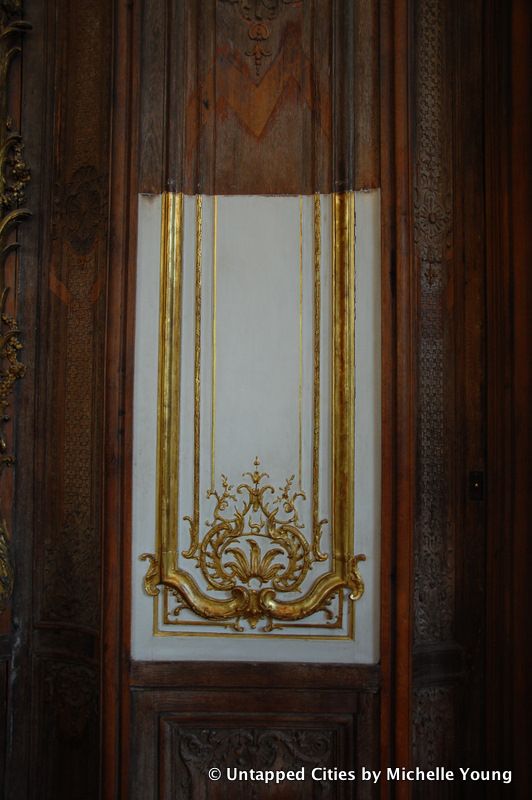
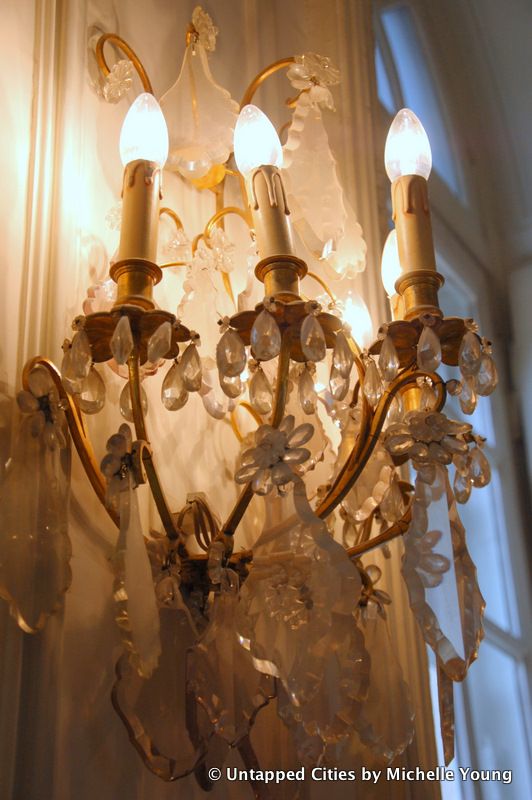
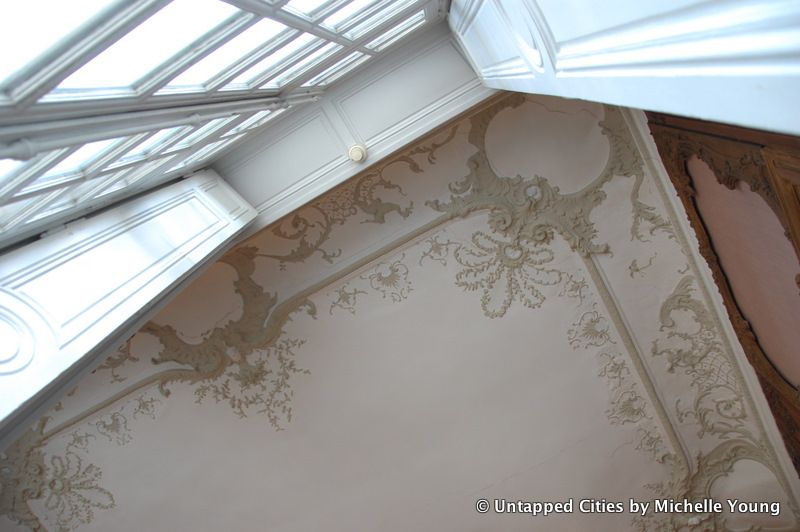
But some areas of the museum are still in need of repair:
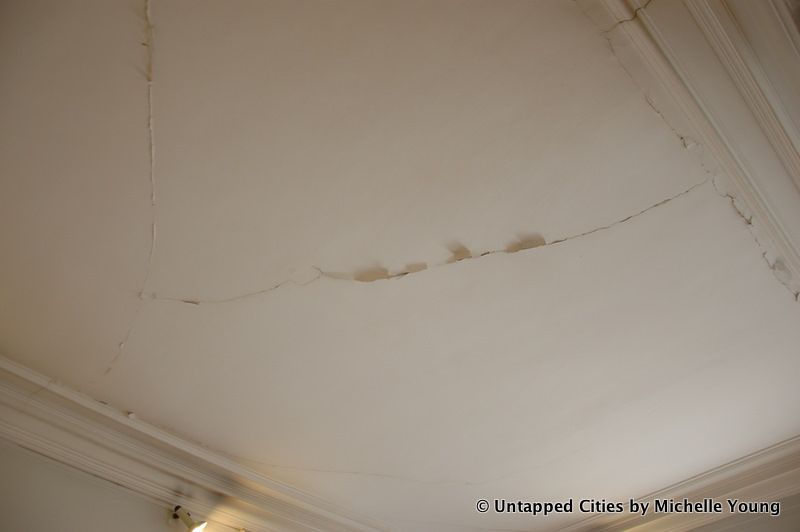
How to go see it for free: Free for visitors under 18, the unemployed, the handicapped and those who accompany them. Museum and gardens are open to public on the first Sunday of each month. Also free for architecture students, with valid ID.
79 rue de Varenne, 75007 Paris
Open Tues to Sunday 10am-5:45pm.
Metro M13 to Varenne or RER C to Invalides
Bus 69, 82, 87, 92
Subscribe to our newsletter